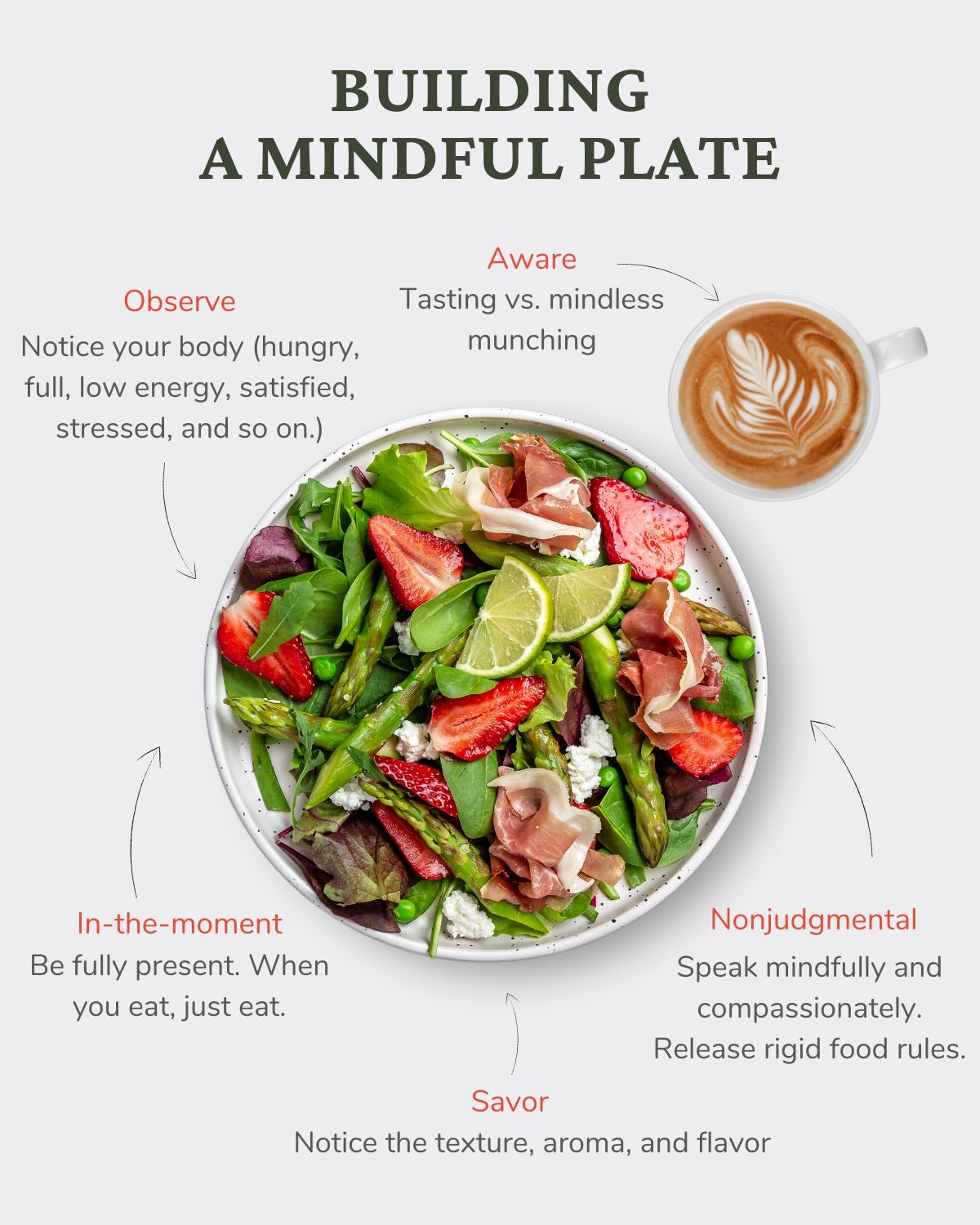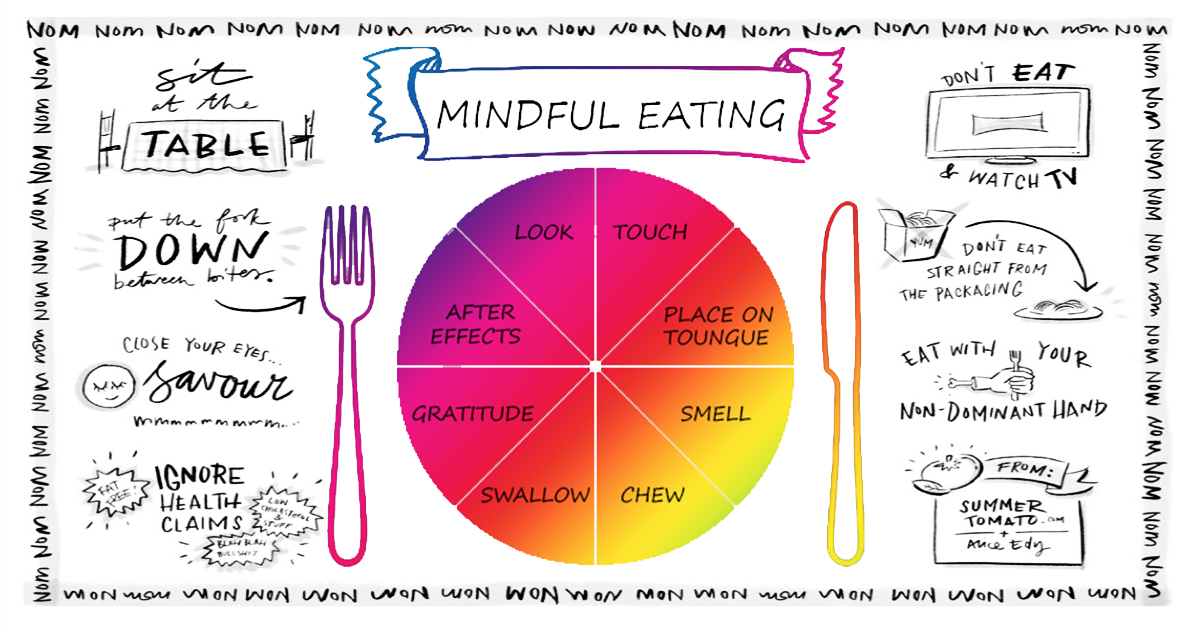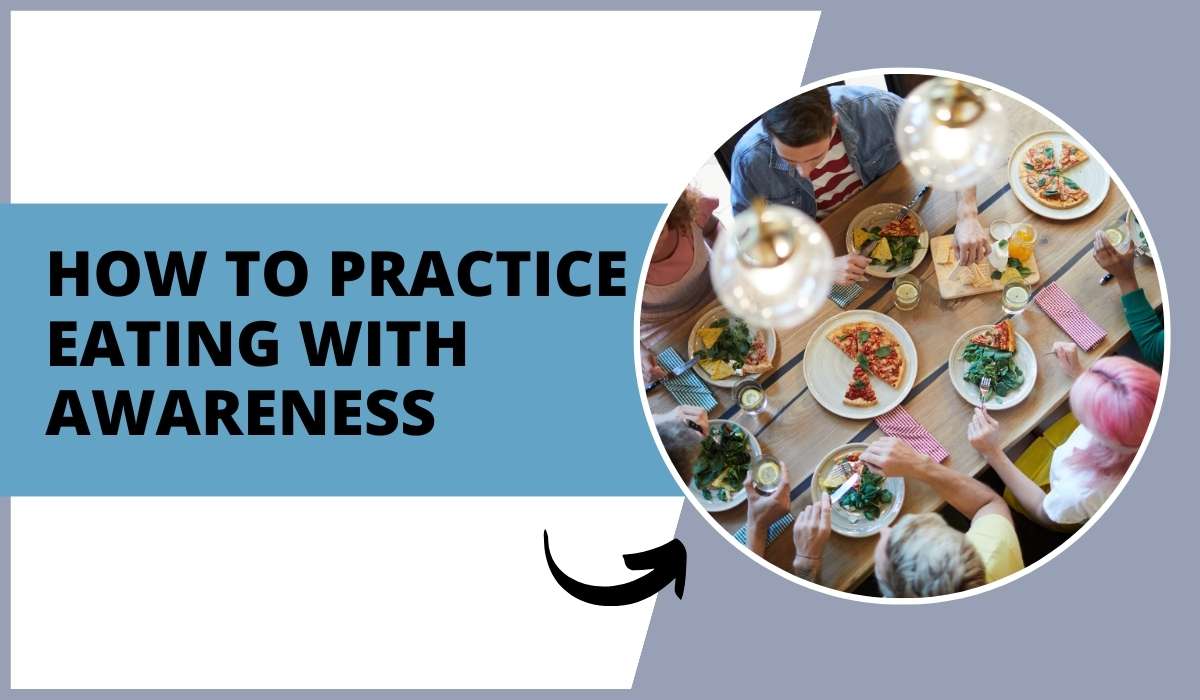How to Practice Eating with Awareness? where you can discover a new approach to nourishing your body and soul. In this fast-paced modern life, we often find ourselves eating on autopilot, not paying attention to what or how much we consume. But practicing eating with awareness can have numerous benefits for our overall well-being.
Mindful eating is the practice of bringing mindfulness to the act of eating. It involves fully engaging your senses and being present in the moment while you eat. By slowing down and savoring each bite, you can connect with your body’s hunger and fullness cues, cultivate a healthy relationship with food, and enhance your overall enjoyment of meals.
In this guide, we will explore various techniques and strategies to help you practice mindful eating. You will learn how to set up a conducive eating environment, incorporate mindfulness techniques during meals, and even find ways to fit mindful eating into your busy schedule. Whether your goal is weight management or simply finding more joy in your meals, mindful eating can be a powerful tool. So let’s dive in and discover how to practice eating with awareness!
Understanding Mindful Eating

Mindful eating is about being fully present and aware of your eating experience. It means paying attention to your body’s hunger and fullness cues, as well as the taste, texture, and aroma of the food you consume.
When you practice mindful eating, you eat slowly and savor each bite. You become aware of the thoughts, emotions, and sensations that arise during meals. By doing so, you can develop a deeper appreciation for the food you eat and the nourishment it provides.
Unlike mindless eating, which often involves multitasking or distractions, mindful eating encourages you to focus on the act of eating itself. By becoming more attuned to your body’s needs and cues, you can make choices that honor your health and well-being.
Mindful eating can also help you develop a healthier relationship with food. Instead of labeling foods as “good” or “bad,” you approach them with curiosity and non-judgment. This can reduce feelings of guilt or shame around eating and promote a more balanced approach to nutrition.
In the next sections, we will explore how to set up a conducive eating environment, practice mindful eating techniques, and incorporate mindful eating into your daily routine. Let’s dive in!
Setting Up Your Eating Environment

When setting up your eating environment, create a calm and peaceful space free from distractions. Find a quiet place where you can focus on your meal without interruptions. Clear away any clutter or distractions, such as electronic devices or television.
Choose a comfortable chair and table height that allows you to sit upright and fully enjoy your meal. Ensure that you have adequate lighting to see and appreciate the colors and presentation of your food.
Use mindful eating tools and resources such as mindfulness bells or timers to remind you to pause and take a moment before starting each bite. Consider incorporating beautiful dishes and cutlery that enhance your dining experience.
Creating a pleasant eating environment can help you relax and fully engage with your food, allowing you to savor each bite and be present in the moment. Remember, the goal is to cultivate awareness and enjoyment during meals.
Mindful Eating Tools and Resources
To enhance your practice of mindful eating, there are several tools and resources available that can support you on your journey. One helpful tool is the use of mindfulness bells or timers. These can be set to go off at intervals during your meal, reminding you to pause and take a moment before each bite. This allows you to fully engage with the experience of eating.
Another useful resource is the incorporation of beautiful dishes and cutlery into your dining experience. Using aesthetically pleasing tableware can enhance the visual appeal of your food and make the act of eating more enjoyable. Research has shown that when the presentation of food is pleasing, people tend to eat more mindfully.
In addition to physical tools, there are also numerous online resources available that can guide you in practicing mindful eating. Websites, apps, and guided meditation recordings offer step-by-step instructions and exercises to help you develop awareness and presence during meals.
By utilizing these tools and resources, you can deepen your practice of mindful eating and create a more meaningful relationship with food.
Practicing Mindful Eating Techniques

To practice mindful eating techniques, start by cultivating awareness of your body’s hunger and fullness cues. Pay attention to how hungry or satisfied you are before, during, and after meals.
Take slow, deliberate bites and chew your food thoroughly. Notice the taste, texture, and aroma of each bite.
Avoid distractions such as watching TV or using your phone while eating. Instead, focus solely on the act of eating and savoring each moment.
Engage your senses by appreciating the colors and shapes of your food. Notice the sounds it makes as you eat.
Pause between bites to check in with how you’re feeling physically and emotionally. Are you still enjoying the food? Are you getting full?
Use mindful eating as an opportunity to explore any cravings or emotional triggers that arise. Instead of automatically reaching for certain foods, pause and consider if you truly want or need them.
Remember, mindful eating is not about deprivation or strict rules. It’s about developing a healthier relationship with food and being present in the experience of eating. Keep practicing these techniques to deepen your connection with your body and promote overall well-being.
Breath Awareness and Body Scans During Meals
During meals, practicing breath awareness can help you stay present and connected to your body. Take a moment to bring your attention to your breath. Notice the sensation of the inhale and exhale as you take each bite.
As you eat, you can also incorporate body scans into your practice. Scan your body from head to toe, paying attention to any areas of tension or discomfort. Notice how your body feels as you nourish it with food.
Take breaks between bites to check in with your breath and body. Are you eating out of habit or genuine hunger? This simple pause can help you make conscious choices about what and how much to eat.
Remember, the goal is not perfection but rather cultivating awareness and connection with your body. By incorporating breath awareness and body scans into your meals, you can enhance your mindful eating practice and develop a healthier relationship with food.
Incorporating Mindful Eating into Your Daily Routine
Incorporating mindful eating into your daily routine is easier than you think. Start by setting aside dedicated time for your meals, free from distractions. Turn off the TV, put away your phone, and fully focus on your food.
Before you start eating, take a few moments to pause and check in with yourself. Ask yourself how hungry you are on a scale from 1 to 10. This will help you understand your body’s true hunger signals and make mindful choices.
During your meal, slow down and savor each bite. Chew slowly and pay attention to the taste, texture, and aroma of your food. Notice how it makes you feel both physically and emotionally.
Practice gratitude for your meal by taking a moment to appreciate where your food came from and the effort that went into preparing it. This can help cultivate a deeper appreciation for the nourishment and sustenance it provides.
As you finish your meal, reflect on how satisfied you feel. Listen to your body’s signals of fullness and stop eating when you are comfortably satiated, even if there is food left on your plate.
By incorporating these simple steps into your daily routine, you can gradually develop a more mindful approach to eating. Over time, this can lead to better digestion, increased satisfaction with meals, and a healthier relationship with food.
Mindful Eating Tips for Busy Schedules

When your schedule is packed and time is limited, it can be challenging to prioritize mindful eating. However, even with a busy lifestyle, there are strategies you can implement to make mindful eating a part of your routine.
Firstly, plan your meals and snacks in advance. By prepping nutritious meals and portioning them into grab-and-go containers, you’ll have healthy options readily available when time is scarce.
Next, take small breaks during the day to eat mindfully. Instead of rushing through a meal at your desk or in front of a screen, step away from your work and find a quiet spot where you can focus solely on your food.
Furthermore, try incorporating mindfulness practices into everyday activities, such as taking deep breaths before each bite or pausing to appreciate the smell and taste of your food.
Lastly, practice mindful eating during social gatherings by savoring each conversation and bite. Engage in meaningful conversations and allow yourself to fully enjoy the company and the food.
Remember, even small steps towards mindful eating can have long-lasting benefits for your overall well-being.
How to Practice Eating with Awareness
When it comes to managing your weight, practicing mindful eating can be a powerful tool. By bringing awareness to your eating habits and the signals that your body sends, you can make more informed choices about what and how much you eat.
One effective technique is using mindfulness to control portion sizes. Pay attention to hunger cues and stop eating when you feel comfortably full. This can help prevent overeating and support weight maintenance or loss.
Another helpful strategy is practicing gratitude for the food you eat. Taking the time to appreciate each bite can increase satisfaction and reduce the likelihood of mindless snacking. Notice the flavors, textures, and nourishment that your food provides.
Remember to consume meals slowly and mindfully. This allows your brain to register feelings of fullness more accurately. It also promotes better digestion and satisfaction from your meals.
Make sure to listen to your body’s signals of hunger and fullness instead of eating based on external factors like emotional triggers or social pressures. Trusting your body’s natural wisdom can guide you towards making healthier choices for sustained weight management.
By incorporating mindful eating practices into your weight management journey, you can develop a healthier relationship with food and make choices that support your overall well-being.
For More Blogs visit Aerns

